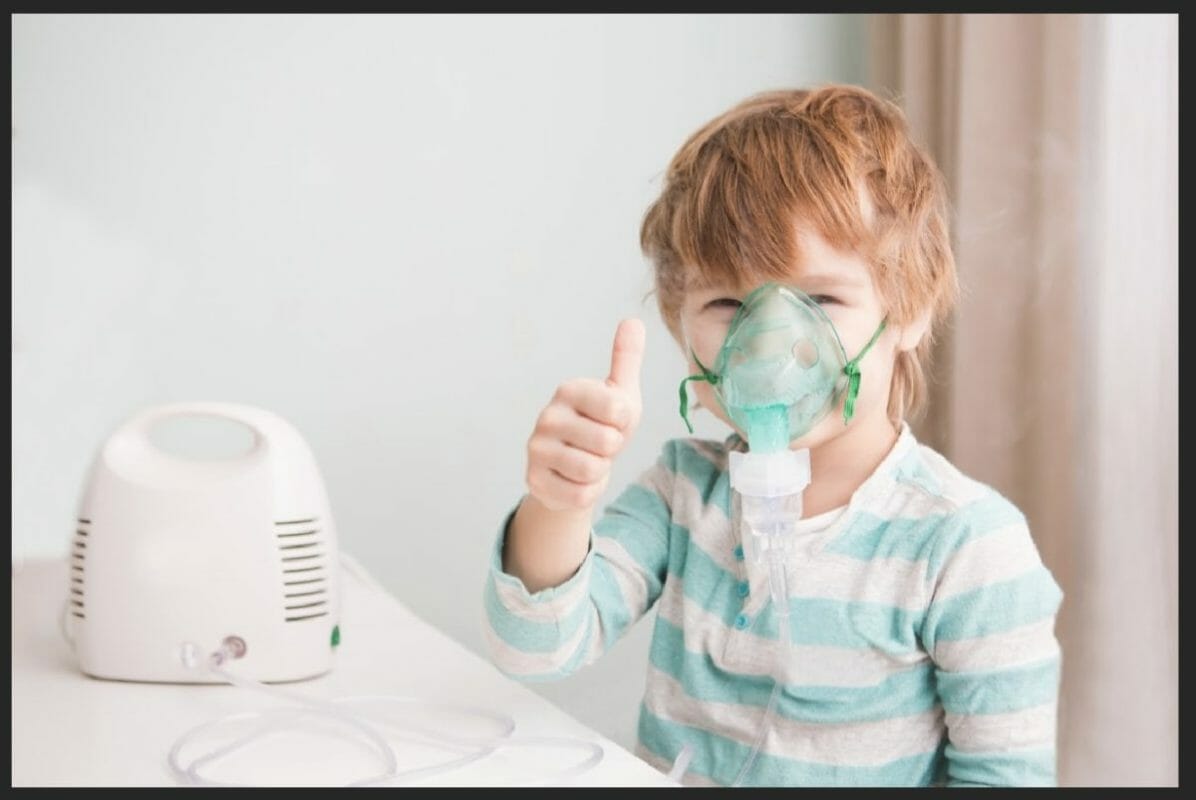Asthma is a respiratory condition that makes airways swell and ramps up mucus production. This combination of reactions leadsto breathing difficulties, coughing, shortness of breath, and wheezing.
For most people, asthma is a minor condition that can be easily treated with medications. But for others, it’s a major nuisance that can interfere with daily routines and lead to severe complications that require hospital care.
To date, there’s no definitive way to cure asthma. Fortunately, flare-ups can be prevented and managed. Medical interventions have significantly advanced over the years, improving the quality of life of many patients with this disease.
Since asthma can lead to complications over time, it’s a good idea to consult your doctor to monitor your symptoms and adjust your medications if necessary.
Thanks to modern technology, people with asthma can manage their symptoms better with specialized devices. Check out Aimwell Breathing and other similar providers online for the latest examples and see if you can find one that meets your needs.
Here’s a quick breakdown of some of the devices you may find.
Inhalers are arguably the most popular devices people with asthma use to control their symptoms. These are handheld medicine administrators that deliver a dose of medication to the lungs.
These are ideal for people vulnerable to common asthma triggers, such as smoke and dust. That’s because they can bring these gadgets anytime, anywhere thanks to their small, pocket-friendly size.
There are three types of inhalers you can use: metered-dose, dry powder, and soft mist.
Metered-dose inhalers (MDIs) release a pre-measured dose of medication in every puff to reduce the risk of overdose. Some provide a display that shows the number of remaining doses.
Young people may benefit from MDIs with spacer attachments. These lower the risk of side effects caused by corticosteroids. Also, this attachment allows the medicine to reach further intothe airways, making the administration of medication more effective.
Infants and toddlers are advised to use a plastic cup or mask to cover their mouth and nose while inhaling the medicine. A smaller mouthpiece is best for older kids.
Doctors recommended taking asthma medication using an inhaler for around two to three minutes.
As the name implies, dry powder inhalers deliver powdered asthma medication to the lungs instead of vapor. Since the medication is in powder form, users need a sharp, deep breath when inhaling.
Children as young as five or six can have enough breathing force to use this inhaler.
Soft mist inhalers don’t have propellers that push the medication into the user. Also, they’re slightly bigger than conventional MDIs.
This type of inhaler releases a slow-moving aerosol mist you can gently inhale over a longer period compared to MDIs and dry powder inhalers.
As you can see, each device comes with its own set of perks and caveats. Follow your doctor’s advice to know which one to get for your or your loved one’s needs.
2. Spirometers
For most people with asthma, managing the symptoms is a big priority.
Why? Because it’s more cost-effective and convenient thanregular doctor visits. That’s why devices like spirometers are so essential.
Spirometers measure the amount of air you can breathe and how fast you can expel it from your lungs. These are measured in terms of Forced Expiratory Volume (FEV) and Force Vital Capacity (FVC) respectively.
Spirometers come in two main types:
Using these devices gives doctors and patients a clearer view of the extent of intervention a person with asthma needs to stay healthy. Regular monitoring can help reduce the severity of flare-ups and prevent complications, as well, keeping patients on track with their wellness goals.
3. Nebulizers
Most people with asthma have at least one nebulizer in their homes. This device can convert liquid asthma medication into a fine aerosol that can be easily inhaled.
With a nebulizer, there’s no need to force yourself when inhaling the medication. However, they’re bulkier and heavier compared to inhalers and often require a direct connection to a power supply to function. It’s a good thing newer models use batteries to run.
Using nebulizers can be challenging, especially if the patient is a child. If they start to cry during the process, they may be unable to absorb as much of the medication as they need. It’s essential to calm them down before a session.
An air purifier is one of the best devices that can help relieve asthma symptoms. It improves air quality by cleansing it directly. This removes dust, pollen, dander, and other things that can trigger asthma.
When buying an air purifier, choose one with a HEPA filter. HEPA stands for ‘high-efficiency particulate air.’ This type of filter can screen up to 99% of asthma-triggering particles and other pollutants in the air.
Aside from HEPA filters, you can also use ultraviolet (UV) air purifiers. These use UV rays to kill microorganisms and get rid of irritants in the air.
How To Use An Inhaler?
To use a typical inhaler, you need to take the following steps:
If you experience discomfort or pain when using an inhaler, consult your doctor immediately to figure out the source of the problem.
Know Your Options For Asthma Management
Thanks to these devices, asthma patients have more tools to keep their condition from getting in the way of their daily lives. If you or someone you know has been recently diagnosed with asthma, remind them to get recommendations on which ones toget. Remember to follow your doctor’s instructions to make your choice of treatment successful.

